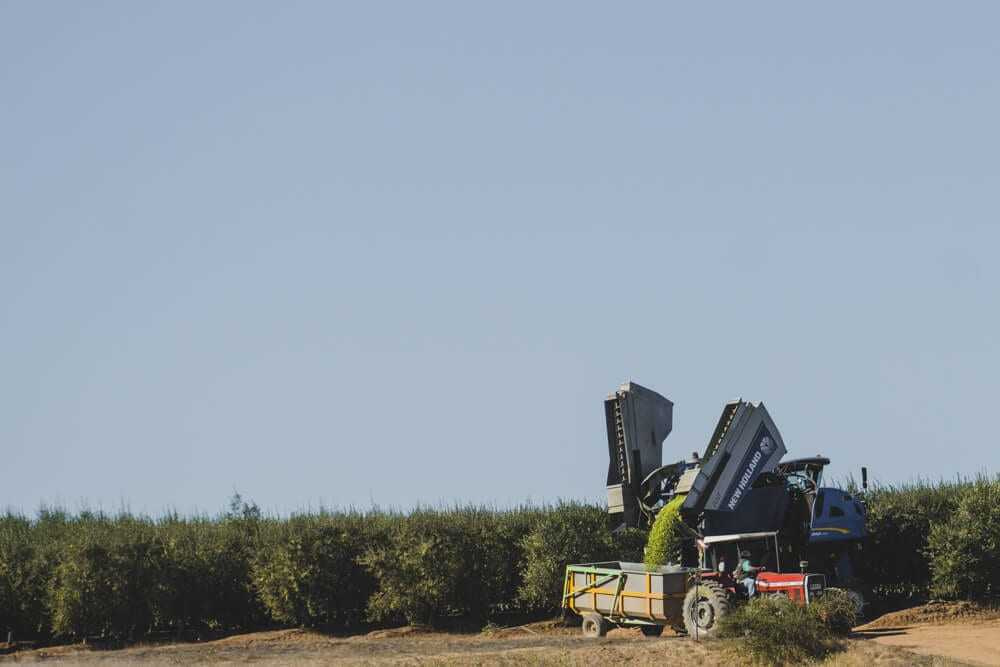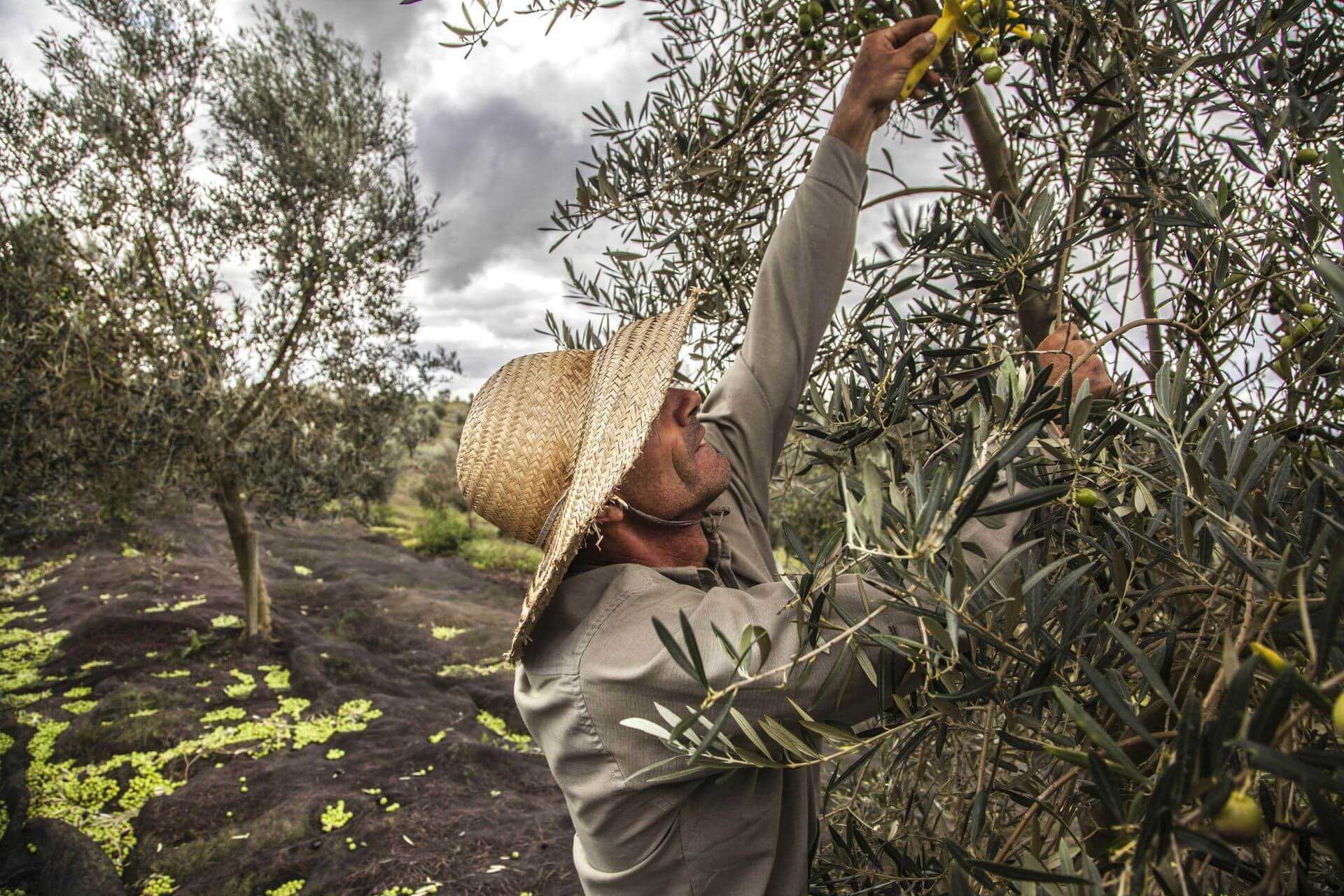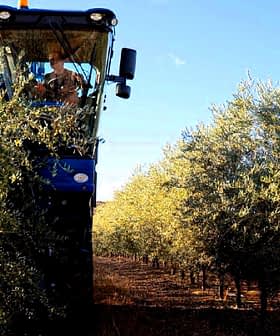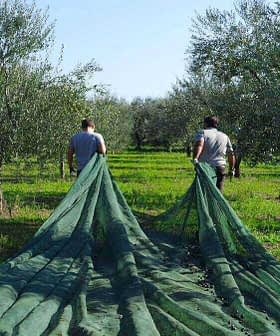South American producers enjoyed unprecedented success at the 2019 NYIOOC World Olive Oil Competition, bringing home a record-breaking 26 awards, including four Best in Class Awards.
Brazil, Chile and Argentina all set records for the number of awards they brought home, with 11, 10 and four triumphs, respectively. Uruguay also won a Best in Class Award for the second consecutive year.
The impact of winning prizes is that we are becoming recognized in the world of olive oil. It gives us a good place to showcase our products and attracts interest from buyers.
However, Brazilian producers were undoubtedly South America’s biggest winners, bringing home a Best in Class, a record-breaking eight Gold Awards and one Silver. In the previous four years in which Brazilian producers have entered the competition, they have combined to win six awards.
Rodrigo Costa and Olivares Costa Doce were among the biggest winners in Brazil, bringing home two Gold Awards for their medium blend and medium Koroneiki as well as a Silver for another medium blend.
See Also:NYIOOC 2019“It was the first time that we entered at NYIOOC,” Costa told Olive Oil Times. “We are very happy because these results are recognition for our family’s work, which is done with so much dedication and passion.”
But for Olivares Costa Doce, which is based in the southern state of Rio Grande do Sul, these awards are much more than an ego boost. They also serve as an incredible sales pitch.
“The contest is very well recognized and from the disclosure of results we are receiving contacts for interviews and new sales opportunities,” he said. “The result of this contest will certainly encourage us to seek good results in other contests.”
Like many others in the industry will attest to, Costa believes that Brazilian olive oil is experiencing an upswing and awards from prestigious international competitions, such as the NYIOOC, prove to the world that Brazilian olive oils are among the best in the region as well as the world.
“The Brazilian olive oil industry is working hard with a special focus on quality and health, certainly Brazilian oils will soon be as recognized as those of older producers in other countries,” Costa said.
Among the other Brazilian winners were Prosperato, which took home a Best in Class and Gold Award; Verde Louro Azeites, which won three Gold Awards; Azeite Irarema and Casa Montiva, both of which won a single Gold Award; and Olivas do Sul, which won a Silver Award.
However, Brazilian producers were not alone in their unprecedented success. Chilean producers were following close behind, bringing home a record-breaking 10 awards, including two Best in Class, five Gold and three Silver Awards.
Their 43 percent success rate in this year’s edition of the NYIOOC also smashed their previous record, achieved last year, by 16 points.
Diego Livingstone, of Agricola Pobeña, told Olive Oil Times that there were two important factors behind Chile’s unprecedented success.
“First of all, most of us arrived with fresh oils this season, which is important at the time of the competitions,” he said. “The other factor was the climate. It was a year of scarcity in terms of water and there were thermal oscillations in the summer, which caused greater stress to the plants and therefore yielded more complex oils.”
This year, Agricola Pobeña won one of Chile’s two Best in Class Awards, for their delicate Coratina, as well as two Silver Awards, for their delicate Koroneiki and a medium blend.

Sparse rain along with fluctuating summer temperatures led to many distinctive flavors for Chilean olive oils this year.
“First of all, we are very happy to continue winning these awards,” he said. “This shows us that the work we have been doing and all the dedication that we put to deliver the best possible quality has paid off.”
Livingstone added that the NYIOOC was raising the stock of Chilean olive oils all around the world, which was attracting more customers and adding value to the oil that they will continue to produce.
“The impact of winning prizes is that we are becoming recognized in the world of olive oil,” he said. “It gives us a good place to showcase our products and attracts interest from buyers in visiting us and having our oils. It gives a great added value to our oil.”
Along with Agricola Pobeña, Agricola Monteolivo won the other Best in Class, as well as two Gold Awards. Viña Morande, Agroindustrial Siracusa and Olivas Ruta del Sol each won a single Gold Award. Meanwhile, Olivares de Mayermo won a Silver Award.
While not achieving the same levels of success as its neighbors to the west and north, Argentinian producers still enjoyed a record year at the NYIOOC as well.
Latin America’s oldest olive oil producer brought home two Gold and two Silver Awards. In the previous five years, Argentine producers had only managed to win two Gold, two Silver and one Best in Class Award at the competition.
“Argentina was the first Latin American olive oil producer, and is now trying to show the world that we are producers of great quality,” Patricia Calderón, of Olivum, told Olive Oil Times.
Olivum took home both Gold Awards, for a pair of medium blends. It was the San Juan-based company’s first year entering the competition. Meanwhile, Mendoza-based Millan won both of the Silver Awards.
“Our happiness was immense to verify that only by complying with our usual procedures, we could obtain a Gold medal,” she said. “The awards obtained confirm that our work and methodology allows us to obtain oils of excellence and confirms to us that what we are doing works.”
Calderón added that Olivum would not rest on its laurels, and like many other producers in Argentina, they would continue to work on improving their oils in order to compete with other producers in South America as well as the rest of the world.
“Argentina and Olivum are just making themselves known to the world and we have a long way to go,” she said.
For the second consecutive year, Uruguay submitted two entries and won one Best in Class at the NYIOOC. This year’s winner of that prestigious award was Olivares de Santa Laura.
“It’s the first time we’ve received a NYIOOC award,” Gonzalo Aguirre said. “We are very grateful to be part of the chosen ones for this prestigious contest.”

For the second consecutive year, an Uruguayan producer brought home a Best in Class Award.
Aguirre said that for Uruguayan producers, as well as others in South America, getting oil to the NYIOOC in time is a race against the clock.
“For the Southern Hemisphere, we are at the beginning of the harvest and the Coratina that we needed for the blend was harvested 10 days before the closing of samples reception,” he said. “We ran against the clock, even with the logistics of the courier that delivered the samples the day before 3pm deadline.”
However, the rewards for winning this race have proven to be ample enough for Aguirre and his wife with whom he runs the grove, Laura.
“Our products are sold in boutique stores in Uruguay, and we are noticing growing interest from Brazilians asking about our oils,” he said. “As we are in the Southern Hemisphere, we have an advantage, which is to have fresh oil at this time of year, a complementary attraction for buyers of quality extra virgin olive oils from the Northern Hemisphere.”









